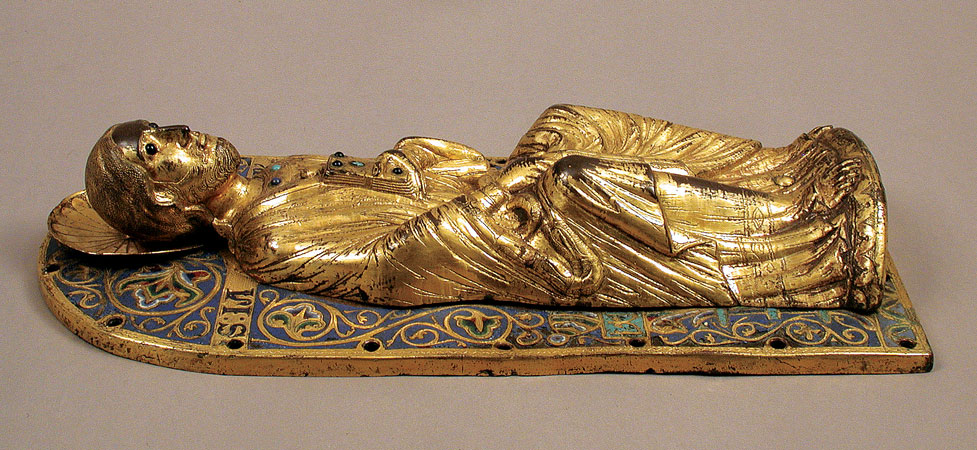The establishment of the Grandmontain priory of Comberoumal
Eastern civilizations practiced monasticism long before the birth of Jesus Christ. Monasticism extended throughout Christendom for several centuries under various forms, but consistently looking out for isolation and silence with the ultimate goal of finding God through prayer and meditation.
Étienne de Muret (1044-1124)
Étienne de Muret was one of those hermit monks, a holiness mentor, attracting more fans than he originally wished for. He was born in 1046 in the region of Auvergne, Massif Central, being educated in Italy. He chose to live at Muret, in the Limousin region, being soon joined in by scholars, seduced by his charisma and kindness.
He died in 1124 leaving his successors his ‘Teachings’ as well as a few responsibilities.
One of them was to establish a new order that was to be called Grandmont. The name got
chosen as the location name of the first monastery, close to Limoges. Another duty was to write the rules of this new order, which was done between 1140 and 1150 mainly based on the Gospel.
Among these rules, monks were supposed to have an enclosure with some buildings making up the ‘Celle’. Construction had to be as simple as possible, away from homes and villages and shall be gathering a community of no more than a dozen hermits. They were supposed not to have any income, as well as archives to avoid trial as heretics, but would be welcoming the poor, and begging would be prohibited unless in case of absolute necessity.
The reform of the Pope John XXII
In 1295, there were 151 convents. Pope John XXII, a former Grandmontain brought down the number of monasteries to 39, each having at its head a prior in charge of one or two monasteries. Grandmont, as the mother home became an abbey headed by a General Father, thus the order of Grandmont resembled greatly to that of the Benedictines.
The commendam
The Hundred Years War with England greatly affected the order, but somehow priories subsisted during this long but agitated period. However another threat came and was fatal. In 1471, commendam became the universal norm, thus imposed to Grandmont forced its decadence. The commendam requested all the income of a priory or abbey to be given to a secular or a secular priest, who did not have to live on site even live the life of monks. With absolutely no income, the monasteries were ruined.
The sixteenth century’s religious wars contributed damaging the buildings.
Charles Frémon’s reform
In 1643, the abbot of Grandmont, tentatively reformed the religious. He was looking at returning to the initial rule known as St. Étienne’s; the strict observance of poverty, humility, silence, and obedience were successfully co-imposed to the monks who accepted them. Some priories, such as Saint Michel and Comberoumal rallied to this order renewal. However harsh living conditions discouraged new vocations as well as the remaining monks. Thus in 1768, only 72 religious men were left of the Grandmontain Order.
This gilded relief sculpture of Saint James the Great decorated the high altar of the abbey church at Grandmont until the French Revolution. Dated circa 1231.
(Metropolitan Museum of Art collection)
The end and the destruction of the Grandmont Order
In 1765, the archbishop of Toulouse, Loménie de Brienne, proposed to King of France Louis XV to lobby the Pope regarding a reform of the monastic orders. He was supported by the bishop of Limoges, Monseigneur du Plessis d’Argentré, who was seduced by the idea of being able to recover the property of the Abbey of Grandmont located in his diocese and build a new episcopal palace instead. Despite the desperate resistance of the last abbot of Grandmont, Mondain de la Maison Rouge, Pope Clement XIV pronounced the dissolution of the Grandmont order in 1772. He added the number of monks was quite minimal and the discipline was extinguished. However the bishop of Limoges had to wait for the death of the last Grandmontain abbot. Thus in 1787 he acquired Grandmont to sell and destroy an heritage that spanned over seven centuries.
The French Revolution of 1789 definitely carried the memory of that abbey away, devastating other priories and selling all properties at public auction as National Property.






